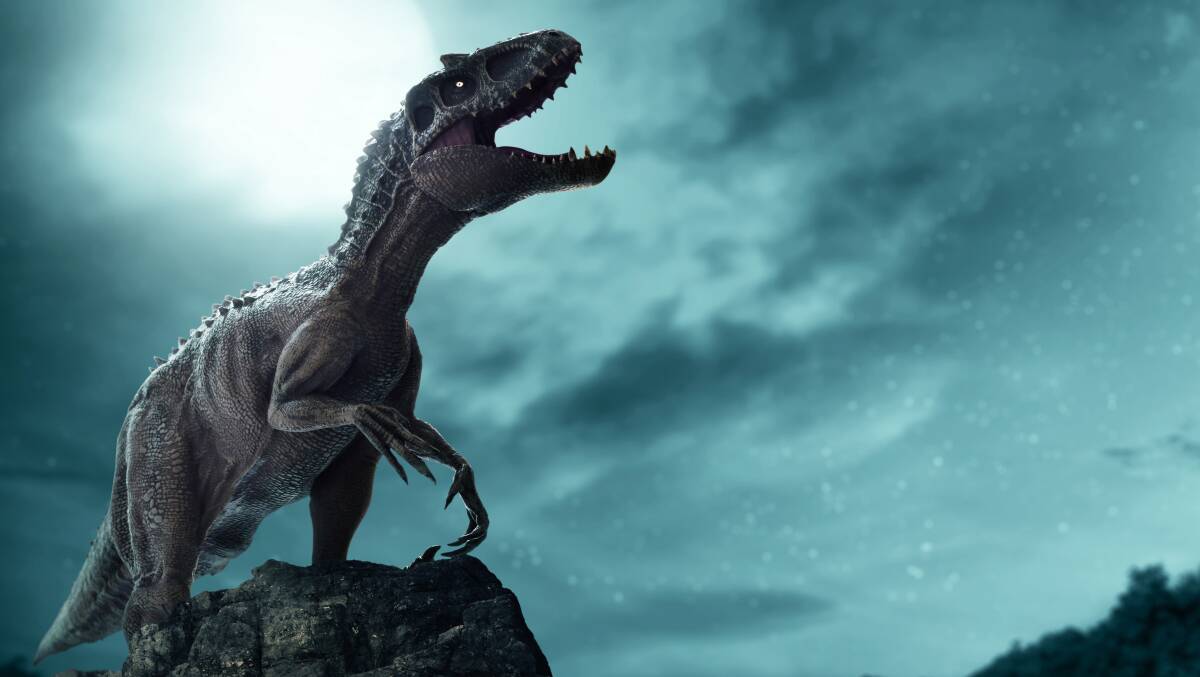
About 66 million years ago, about 75 per cent of all types of life were wiped out on Earth.
Subscribe now for unlimited access.
$0/
(min cost $0)
or signup to continue reading
This mass extinction event ended the era of the dinosaurs and ushered into a new era in the history of Earth.
Known as the Cretaceaous-Palogene extinction event, it is the fifth mass extinction event in the history of the Earth. Climate scientists point to the vast quantity of evidence that suggests we humans may be causing a sixth.
Lots of theories have tried to explain what happened to our beloved dinosaurs, with two prominent theories leading the way.
Either a large asteroid struck the Earth or there was a series of volcanic eruptions in modern-day India.
However, a key piece might be the now proverbial nail-in-the coffin to this mystery, confirming an asteroid was the culprit.
In the 1980s, research showed that in the geological record of the Earth, there is a thin boundary in the Earth's crust around this extinction event.
This layer is rich in iridium, an element that the Earth does not have a lot of but asteroids are rich in. This layer is found all across the Earth, from Australia to Antarctica, and even under the oceans.
This asteroid could have been as big as Canberra or even the ACT. An asteroid that big, would be very, very heavy.
Then, in the 1990s, the Chicxulub crater was located underneath the Yucatn Peninsula in Mexico.
This crater is huge - measuring 150km wide and about 20km deep.
Estimates of the age it was created are around 66 million years ago - the same age as the layer of iridium all across the Earth.
In order to create that big of a crater, the asteroid must have been very large. Estimates of the asteroid that hit Earth range from 10.6 - 80.9 kilometers wide.
To put that into scale, the whole of the ACT, from north to south, not just Canberra, is 88.5 km. This asteroid could have been as big as Canberra or even the ACT.
An asteroid that big, would be very, very heavy.
It has been calculated to weigh between 1 trillion and 500 trillion tonnes.
And to create a crater that big, means the energy the asteroid hit the Earth with is unimaginable.
Calculations suggest between 10 billion and 390 billion Hiroshima bombs' worth.
In fact, Chicxulub is not even the biggest crater. That records belongs to South Africa, with the Vredefort crater measuring 300km wide.
There are even a few potentially bigger ones in Australia that are not fully confirmed.
And we also know that not only are asteroids abundant in our Solar System but small ones hit the Earth all the time.
So an asteroid has always made sense, but something has been missing. Until now.
A team of scientists went to Chicxulub, underneath the water, and collected rocks from the crater, and sent them to four independent labs. All four labs found that rocks were rich in this iridium, the exact same space debris spread all around the Earth.
By finding essentially the bits of asteroid in the very crater that the asteroid created, which matches the dust spread all around the Earth all at the same time, now means we can once and for all shake our fists at the asteroid that wiped out the dinosaurs.
- Brad Tucker is an astrophysicist and cosmologist at Mount Stromlo Observatory, and the National Centre for the Public Awareness of Science at ANU.

